About Vredespaleis
The Peace Palace, located on Carnegieplein 2 in the Zeeheldenkwartier area, is one of the most significant buildings dedicated to international law and order. This majestic structure, nestled in The Hague, serves as both a symbol and a center for the promotion of world peace.
Architectural Marvel
Designed by the French architect Louis M. Cordonnier, the Peace Palace is an exquisite example of Neo-Renaissance architecture with Gothic elements. Opened in 1913, the palace was made possible by funding from philanthropist Andrew Carnegie, whose dedication to peace and humanitarian efforts is memorialized in the building itself.
Plan your perfect trip to The Hague with Travo! Download now and start exploring.
Functions and Institutions
The Peace Palace houses several pivotal institutions focused on international justice:
- International Court of Justice (ICJ): The principal judicial organ of the United Nations, the ICJ settles disputes between states and gives advisory opinions on international legal issues.
- Permanent Court of Arbitration (PCA): Established in 1899, the PCA facilitates arbitration and other forms of dispute resolution between countries, organizations, and private parties.
- The Hague Academy of International Law: A renowned educational institution offering summer courses and advanced programs in international law, attracting students and professionals from across the globe.
- Peace Palace Library: One of the largest libraries specializing in international law, this library provides invaluable resources to scholars and practitioners in the field.
Symbolism and Significance
The Peace Palace stands as a global symbol of peace and justice. It emphasizes the importance of resolving conflicts through dialogue and legal means rather than through war and violence. Every year, the palace hosts numerous international conferences, workshops, and lectures, making it a hub for the exchange of ideas on maintaining global peace and stability.
Art and Interior Design
The interior of the Peace Palace is as awe-inspiring as its exterior. It features contributions from various countries, each donating works of art to symbolize unity and collaboration. From the beautiful Japanese vases to the impressive Belgian tapestries, the decorations and artwork reflect the palace's international character. The Main Hall and the Great Hall of Justice are particularly notable for their grandeur and intricate design.
Guided Visits
Although primarily a working institution, the Peace Palace is open to the public through guided tours. These tours offer a fascinating glimpse into the history and architecture of the building, as well as its role in international law. Visitors can explore the manicured gardens, which include sculptures and memorials dedicated to peace, and take in the serene atmosphere befitting such a significant monument.
Educational Outreach
The Peace Palace also plays a crucial role in educating future generations about the importance of peace and international law. Through its educational programs, workshops, and collaborations with academic institutions worldwide, the Peace Palace fosters a deeper understanding of global justice and the means to achieve it.
Visitor Information
Practical details for visitors include an information center and a gift shop offering unique souvenirs related to the themes of peace and diplomacy. The site is easily accessible by public transport or a short walk from the city center, making it convenient for those keen on exploring this emblematic building.
In conclusion, the Peace Palace is not just an architectural landmark but a beacon of hope for a more just and peaceful world. Its role in international law, its rich history, and its stunning art and architecture make it a must-visit location for anyone interested in the pursuit of global harmony.
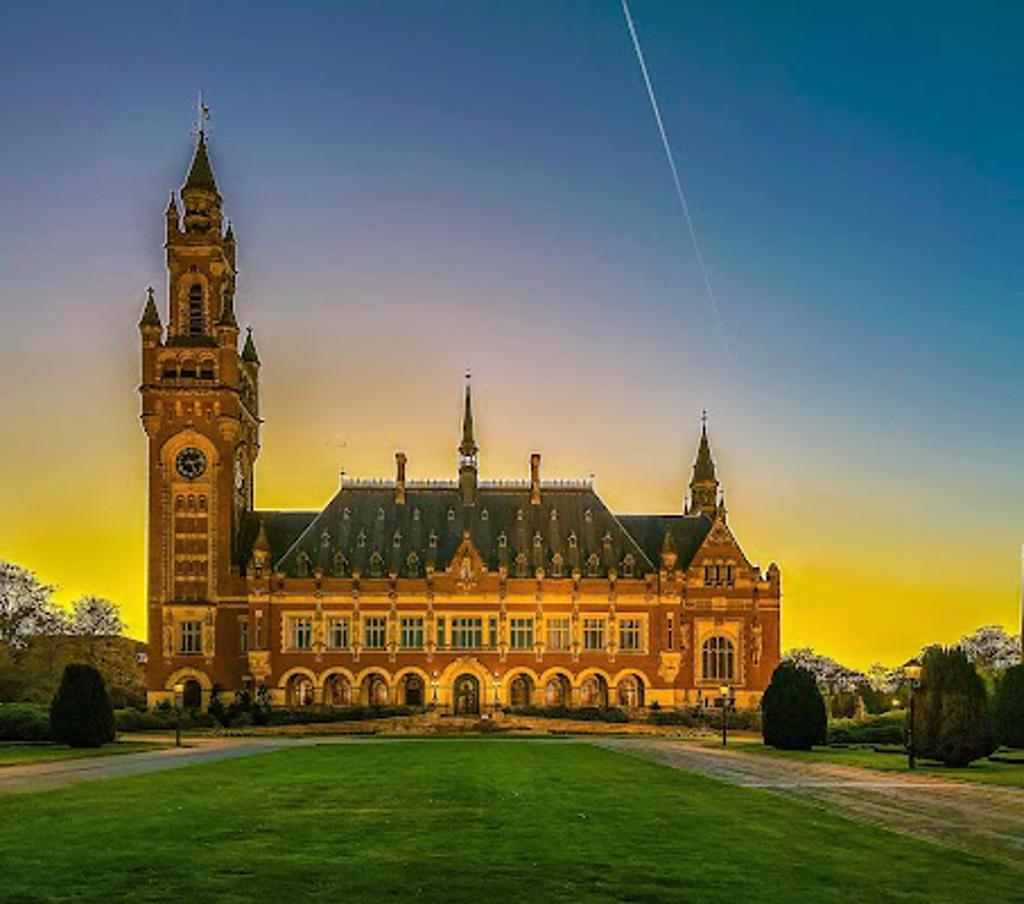
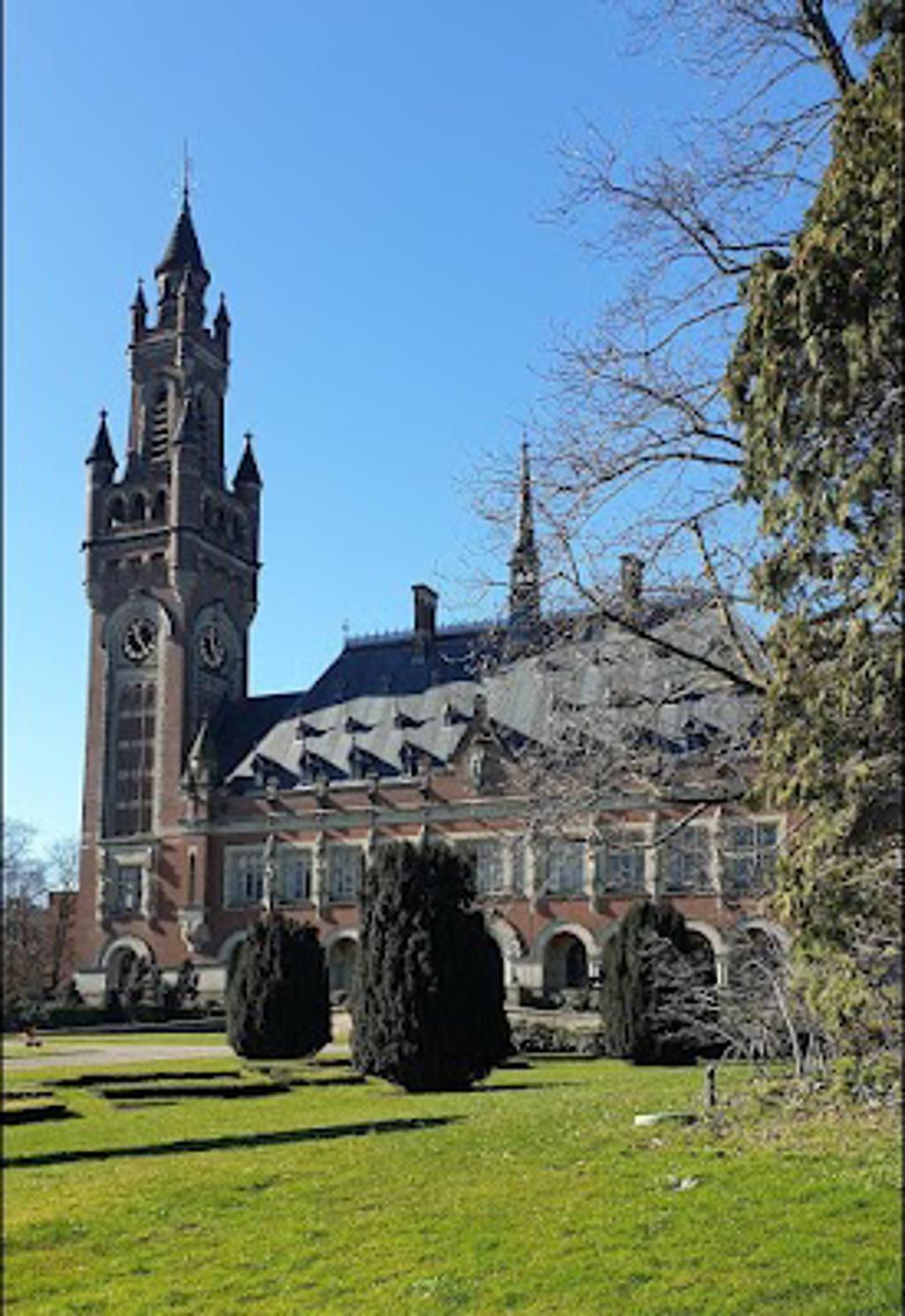
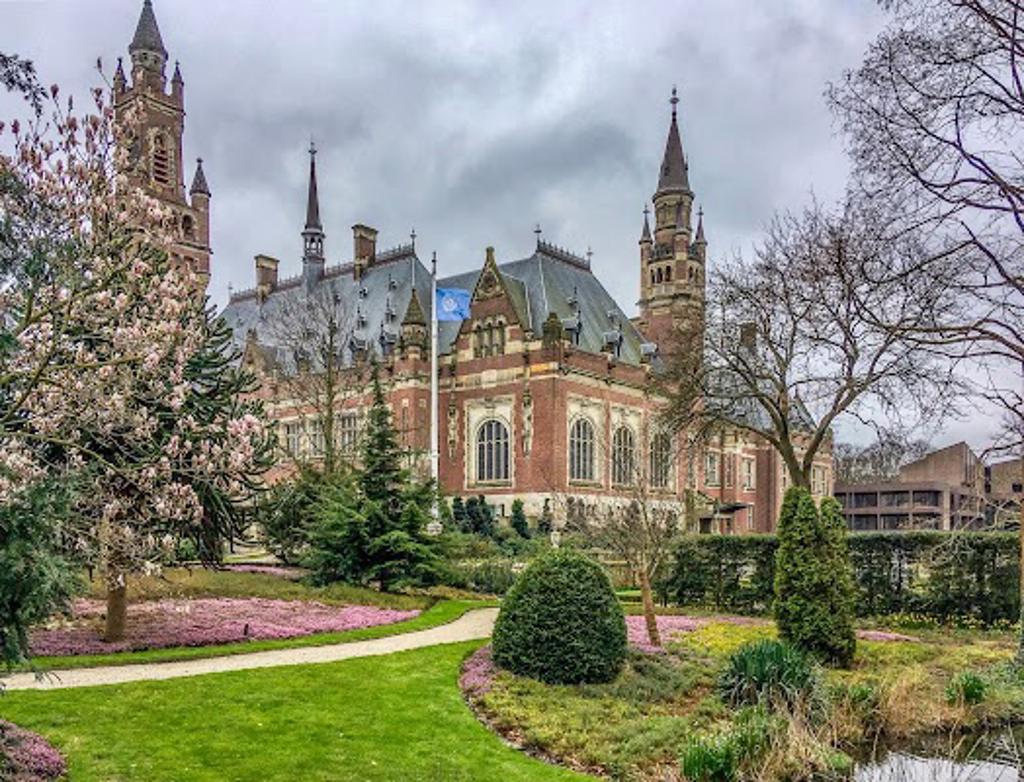
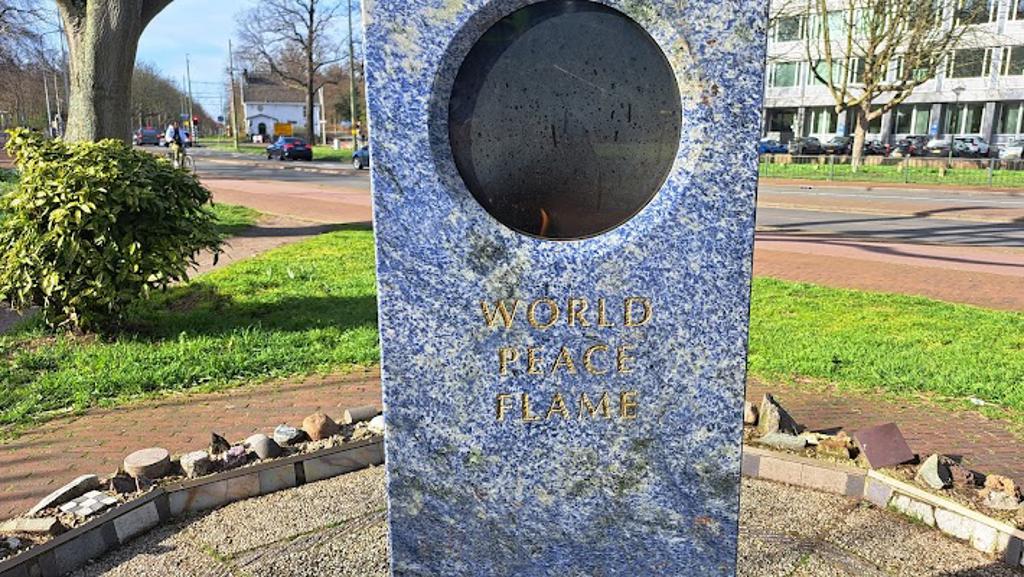
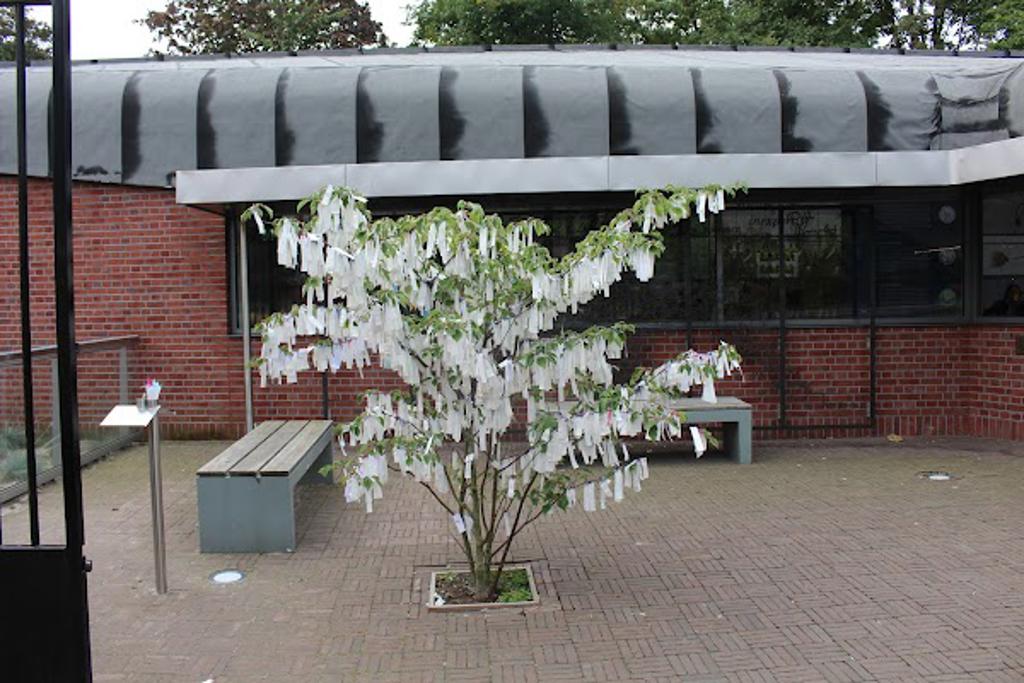
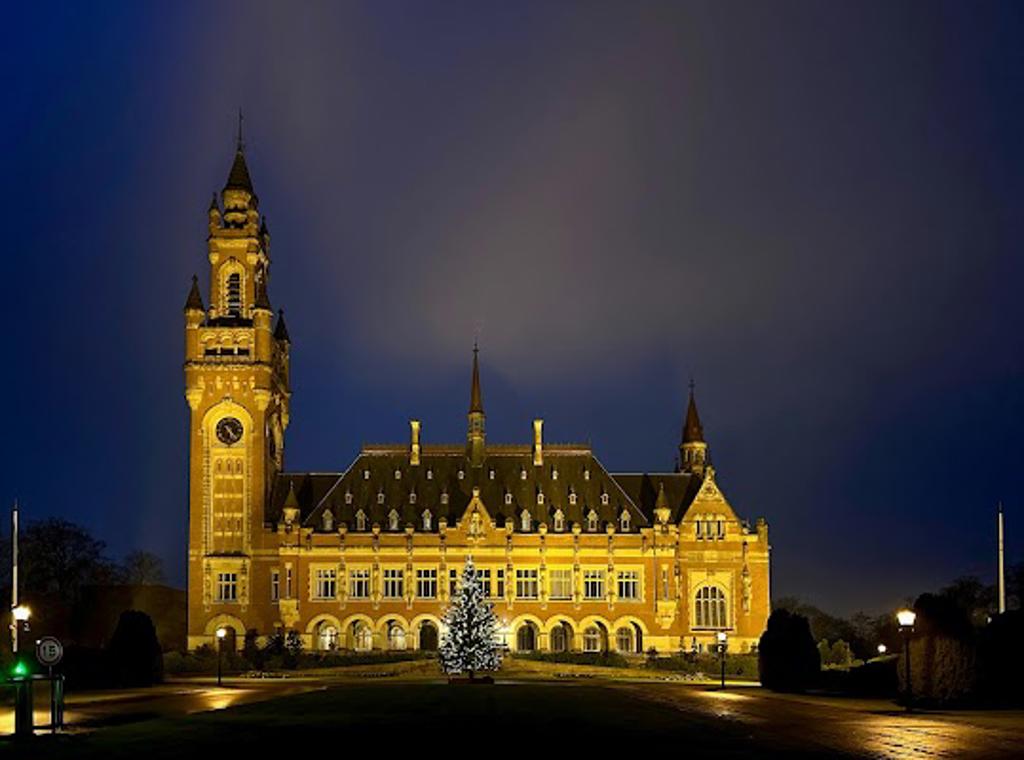
Map loading...
Location
2 Carnegieplein, 2517 KJ, Den Haag
